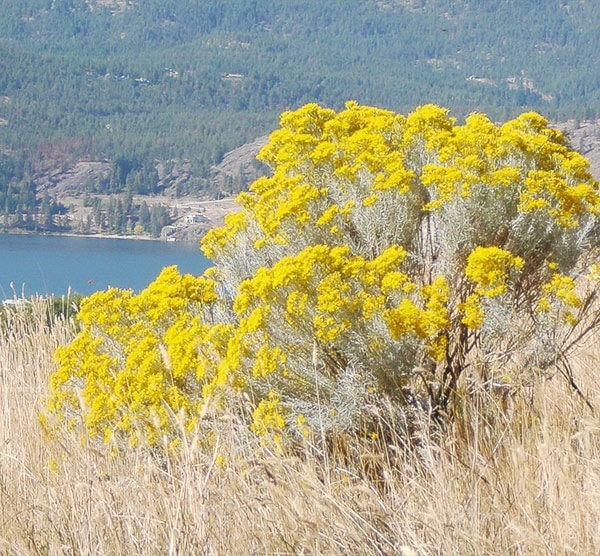Continuing on the theme of revising gardens to be more water-wise, I want to encourage the use of beautiful Okanagan native plants.
They are well adapted to our climate and provide food and shelter for birds and wildlife.
Many Okanagan native plants are prized elsewhere in the world.
A natural landscape is the easiest to maintain. If you are fortunate enough to have some on your land, keep it natural. You won’t have to water, mow, prune, weed, etc.
You can sit back and enjoy the peacefulness of listening to bird song and observing seasonal changes and garden visitors.
Naturescape B.C. is a great resource for creating a natural habitat garden at home. See www.naturescapebc.ca for details.
Their package of three books, for $25, gives good information, specific to the Okanagan, on all the birds, mammals, butterflies, and amphibians commonly found in our area along with their food and shelter requirements.
There are details about our native plants, their light and water needs, a description and their wildlife habitat value.
Find out how to design a wildlife habitat garden.
Follow plans to build bat and bird houses or butterfly and hummingbird gardens.
The books are also a great resource for gardening with children.
The plant database at www.okanaganxeriscape.org has an Okanagan native plant category of over 50 species that are available at selected nurseries.
Wild Bloom Nursery, Kelowna and Sagebrush Nursery, Oliver, both listed in the OXA plant database, carry many natives plants. Call to check availability.
It’s illegal to dig plants from the wild. However you may be able to get permission on private property or lands where vegetation is going to be destroyed.
Take only very small plants and plant in conditions as close as possible to what they were growing in.
Most are difficult to transplant. Much better success is achieved with nursery-grown plants.
The best time to plant is in the fall when the air is cool and the soil is warm. Roots get well established before next summer’s drought.
Plants keep growing new root systems until frost. Once the ground thaws in spring they immediately begin growing again. This gives them a much better chance to survive and thrive than if planted in spring, particularly if they are in a place that is difficult to water, such as a slope.
By creating a natural habitat garden or even just adding a few native shrubs we help to counteract the massive loss of habitat caused by rampant development on natural areas.
Remember to get your tickets (from Art Knapps or Byland’s) for the Penticton Autumn Garden Tour Sept. 19 from 10 a.m. to 3 p.m. For just $20 visit 10 amazing gardens plus do some wine tasting. Details at www.summerlandgardens.org.
There are still a few spaces in my two-night Introduction to Xeriscape class: Wednesday, Sept. 16 and 23 or Thursday, Oct.1 and 8.
Details and registration information are at www.okanaganxeriscape.org.
